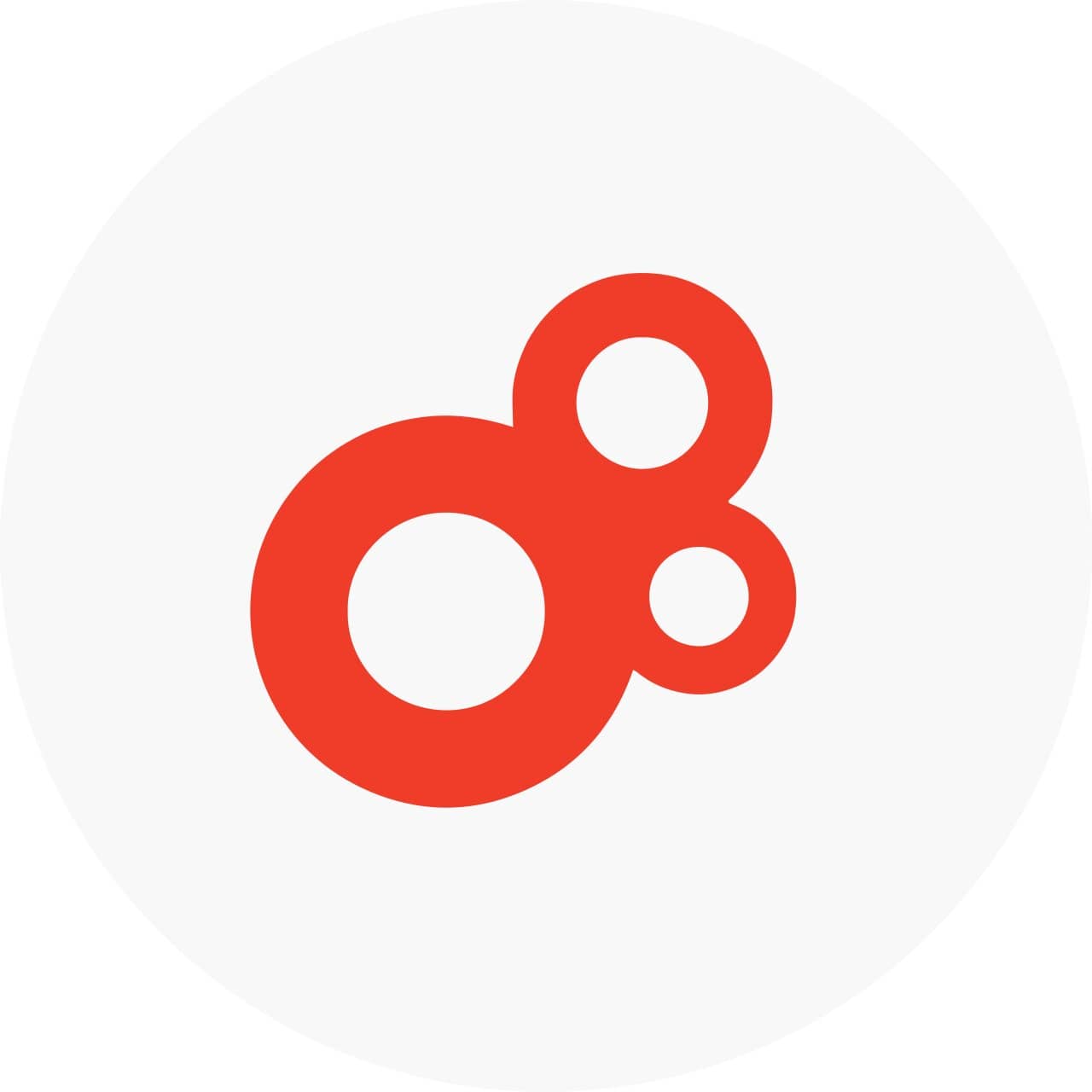
Imagine, if you would, that your SaaS company has launched its next killer app. You know for a fact that this software is something everyone needs and something your target demographic will love. Market research tells you that your idea is revolutionary.
Unfortunately, your customers appear to have missed the memo. Although plenty of people are downloading your app, no one appears to be using it. Even your own sales team seems disengaged and confused.
This is what can happen when you launch without a product training strategy. Rather than helping people figure out how to use your software, you basically throw it in their faces and hope for the best. In doing so, you leave to chance one of the most important SaaS metrics – product adoption.
The Importance of a Positive First Impression
One of the most common mistakes we see with SaaS product launches involves focusing too much on customer acquisition and not enough on customer retention. While it is important to pursue a rigorous acquisition strategy when releasing a new product, you also need to think about what happens after. What are you doing to keep customers engaged once your sales team closes a deal?
Very few companies experience perpetually high customer growth. Eventually, your acquisition rate will taper off. If, at that point, you haven’t done enough to reduce customer churn, your software will very likely begin to fail.
But what does any of this have to do with customer education?
A lot, actually. According to a Gitnux survey, 76% of customers will continue using a product after a welcoming onboarding experience. Roughly 60% of customers will abandon software that does a poor job of onboarding.
In other words, if you offer effective product training, your customers are far likelier to stick around. They’ll learn how your software applies to their specific use case and the best ways to apply it within their organization. That, in turn, will result in a better return on investment and greater overall satisfaction.
This isn’t the only way a training strategy helps elevate a product launch, either. Combined with analytics, product training can also help your organization unlock new insights into its software. You might, for example, notice a particular stage of onboarding that your customers appear to struggle with — while that might indicate an issue with your training, it could also be a usability problem.
Similarly, collecting feedback from customers who’ve completed their training can help you optimize it to further enhance your onboarding experience, allowing you to hit the ground running post-launch.
Finally, by creating separate product management training and sales training paths for internal use, you can empower your employees to more successfully engage with both prospects and customers, from initial contact through to post-purchase support.
Best Practices for Better Product Training
As you develop a training strategy to support your product launch, keep the following best practices in mind:
- Start with an understanding of your target audience. Who are they, what’s their level of expertise, and what does their user journey look like? What are their primary pain points — why are they interested in your software to begin with?
- Keep a running inventory of both your educational resources and the key stakeholders in your training program. Is there anything missing in terms of expertise? How well do your training materials connect to each stage of the customer journey?
- Define success. In this case, “success” means figuring out the exact point at which product adoption occurs. What key features of your software seem most associated with user engagement?
- Employ hands-on training. Especially for more complex software, passive training materials will no longer suffice. You need to give people an opportunity to experience and explore your software’s features and use cases while they learn – and that’s not something they can gain from watching a webinar or reading a manual.
- Deliver personalized content. Your training should be tailored to each customer’s unique use case, needs and challenges. Don’t just give them generic guidance on using your software; show them how they can use it in their specific business environment.
- Measure, monitor, iterate and improve. In addition to gathering feedback from onboarded customers, employ analytics tools to provide you with details like completion rate and behavioral data. Use this information to continuously optimize and improve your onboarding.
- Choose the right product training platform. At this point, you should have a fairly clear idea of your organization’s training needs. Make sure your training software is capable of supporting those needs.
Here’s To a Successful Product Launch
Even if you already have one or more established products, launching a new SaaS application can seem incredibly daunting. There’s so much you need to account for, from your development roadmap to your marketing and outreach strategy. It’s no surprise, then, that so many companies appear to neglect their onboarding experience.
You need not be among them. You understand the value of customer education, the role it plays in supporting a new product, and what’s involved in successful delivery. All that remains is for you to forge ahead and focus on the most important detail of all – your audience.
In the meantime, why not read about how artificial intelligence can improve customer training? And if you don’t yet have your own customer education program, we can also walk you through how to launch one.





